Search
Remove Ads
Advertisement
Summary 
Loading AI-generated summary based on World History Encyclopedia articles ...
Search Results
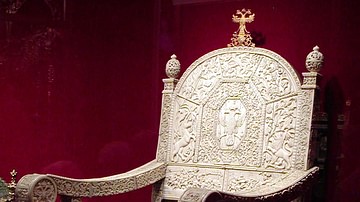
Definition
Tsar
Tsar (also czar) is a Slavic term derived from the Latin caesar. Ivan III (Ivan the Great) (r. 1462-1505) was the first Russian ruler to begin using the title of tsar during his reign instead of the title Grand Prince of Moscow. His grandson...
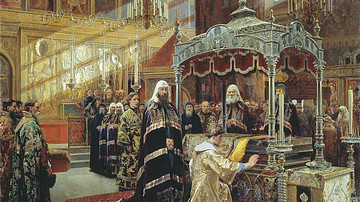
Image
Young Tsar Alexis and Patriarch Nikon
Young Tsar Alexis (Alexei) Praying Before the Relics of Metropolitan Philip in the Presence of Patriarch Nikon, oil on canvas by Alexander Litovchenko, 1886.
State Tretyakov Gallery, Moscow.
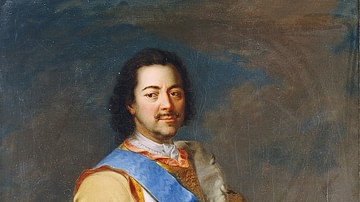
Definition
Peter the Great
Peter I of Russia (Peter the Great) was the Tsar of Russia from 1682-1721 and Emperor of Russia from 1721-1725. During his long reign, Peter had absolute power and brought real change to Russia, including building its first navy, introducing...
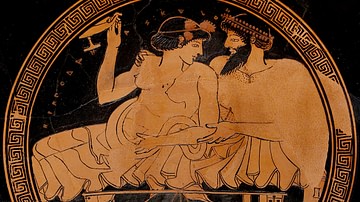
Article
Prostitution in Ancient Athens
Prostitution in ancient Athens was legal and regulated by the state. During the Greek Archaic Period (c. 800-479 BCE) brothels were instituted and taxed by the lawgiver Solon (l. c. 630 - c. 560 BCE), and this policy continued into the Classical...
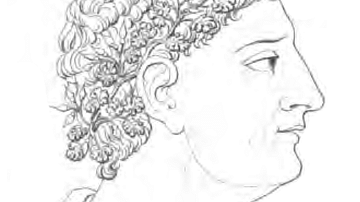
Image
Apicius
Imaginary portrait of Apicius, famous for his Roman cookbook De Re Coquinaria, from Alexis Soyer's 'Pantropheon'.

Definition
Cult of the Supreme Being
The Cult of the Supreme Being was a deistic cult established by Maximilien Robespierre (1758-1794) during the French Revolution (1789-1799). Its purpose was to replace Roman Catholicism as the state religion of France and to undermine the...

Definition
Civil Constitution of the Clergy
The Civil Constitution of the Clergy was a law passed in July 1790 during the French Revolution (1789-1799), which caused the immediate subordination of the Catholic Church in France to the French government. An attempt to modernize the Church...
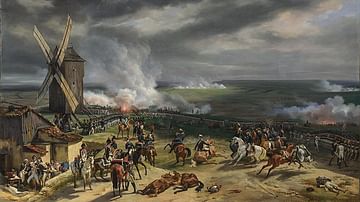
Definition
Battle of Valmy
The Battle of Valmy was a stunning French victory over a Prussian-led coalition army on 20 September 1792, during the French Revolutionary Wars (1792-1802). Although the battle was little more than a skirmish, it halted the coalition's invasion...
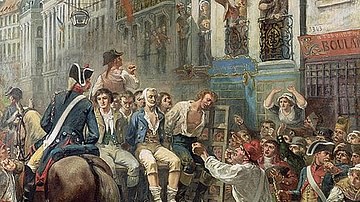
Article
Fall of Maximilien Robespierre
The fall of Maximilien Robespierre, or the Coup of 9 Thermidor, was a series of events that resulted in the arrests and executions of Robespierre and his allies on 27-28 July 1794. It signaled the end of the Reign of Terror, the end of Jacobin...
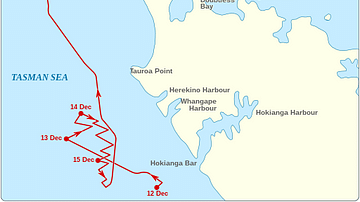
Article
The French Exploration of New Zealand
The French exploration of New Zealand has been overshadowed by the achievements of British navigator Captain James Cook (1728-1779), but French navigators who visited Aotearoa's (New Zealand) shores named over 100 geographical places and...